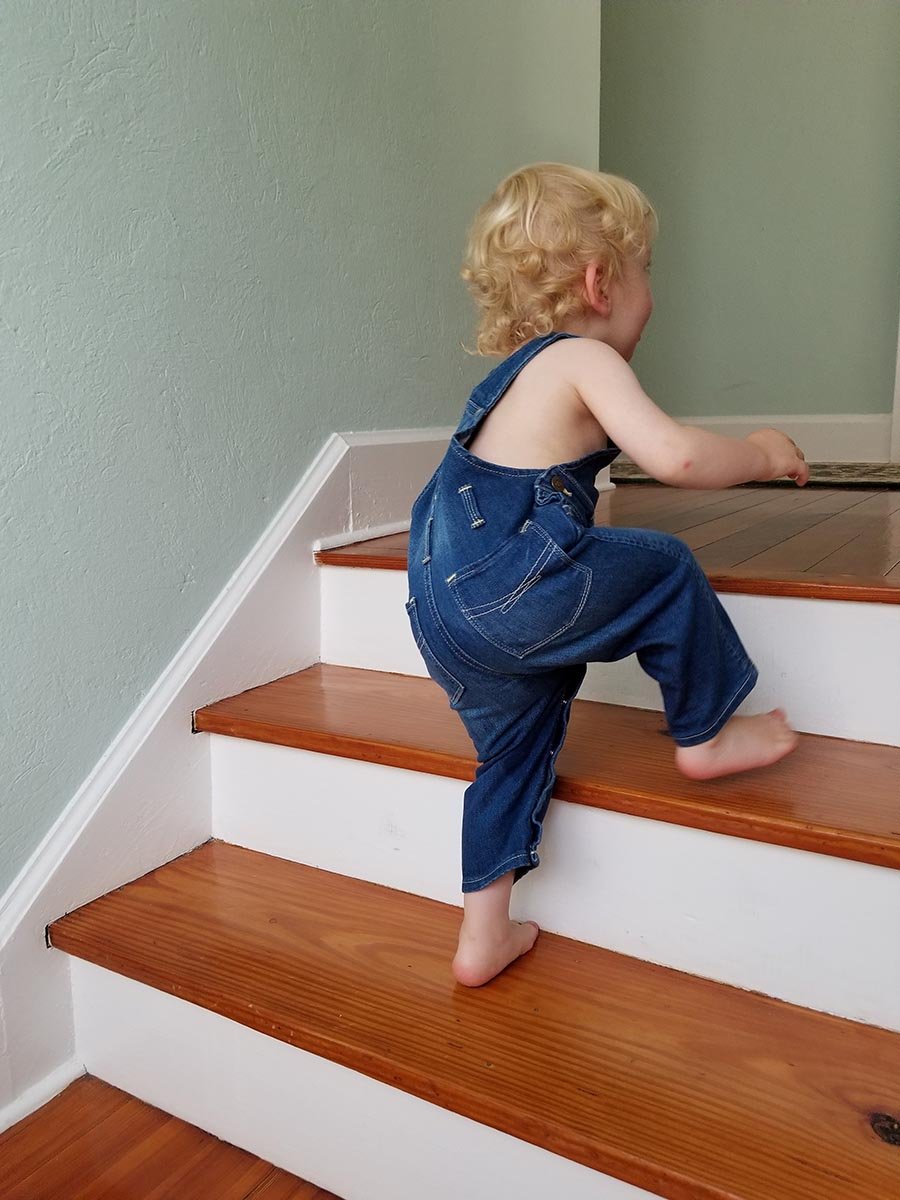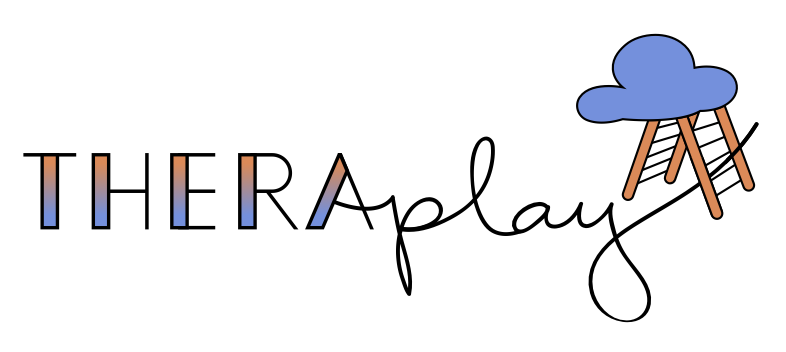
Dynamic Movement Intervention (DMI) at TheraPlay LA
Los Angeles Dynamic Movement Intervention Specialists
Dynamic Movement Intervention (DMI) at TheraPlay LA
If your child is experiencing motor delays, you may find traditional handling techniques slow or ineffective. At TheraPlay LA, we believe every child deserves the opportunity to build strength, coordination, and independence. Dynamic Movement Intervention (DMI) is a cutting-edge therapy approach designed to help children develop new motor skills and improve movement in ways that traditional Physical Therapy (PT) and Occupational Therapy (OT) may not.
What is DMI?
DMI is a hands-on therapy technique that focuses on improving a child’s ability to move with control and confidence. Unlike traditional therapy approaches that often use gentle movements and slow progressions, DMI challenges children with dynamic movements that encourage their brains and bodies to learn new skills faster.
DMI focuses on spontaneous, child initiated postural correction. No matter the cause of your child’s motor delay, DMI draws on the neuroplasticity children experience at this age by using specially tailored exercises to provide your child with the support they need while still challenging them to build and strengthen connections in the brain.
DMI also recognizes the importance of building core strength and providing minimal structural support. By limiting physical support and thus reducing the amount of assistance provided, DMI allows your child to build the strength and endurance required to reach developmental milestones using their own strength, endurance, and neural connections. This allows them to achieve milestones such as standing and walking independently while still keeping them safe and supported as they learn.
The goal of DMI is to allow your child to improve the foundational skills necessary to:
Roll
Sit
Crawl
Stand
Walk independently
Improve movement quality
At the same time, DMI exercises improve your child’s strength and range of motion, helping them integrate reflexes that interrupt developmental progress, and help rewire abnormal patterns of movement by allowing your child to practice proper movement patterns in a safe, supportive environment.
What Makes DMI Different?
DMI focuses on actively retraining the brain and body to work together. This method is designed to help children achieve better control over their movements, especially for those with motor delays or disabilities.
DMI stands out from traditional PT and OT techniques because:
It targets the brain, not just the muscles. DMI helps strengthen the connection between the brain and body, teaching children how to move more efficiently.
It focuses on sensory input and feedback. DMI provides your child with strong sensory cues that help improve their ability to move and balance. It specifically targets their sense of movement, their sense of where their body is in space, and their sense of touch.
It focuses on functional movements. DMI targets movements your child needs for everyday activities, like crawling, sitting, or walking. It follows the developmental sequence to help your child work through these vital milestones in order, building upon the skills and strength and endurance they build with each step forward.
It’s active, not passive. Unlike traditional techniques that may focus on passive stretches or exercises, DMI actively engages your child’s muscles to build strength and coordination.
It uses challenging movements. Unlike traditional therapy that may rely on slow, guided exercises, DMI involves dynamic movements that activate reflexes and improve motor control. Each session is designed to meet your child at their current ability level while gently challenging them to reach the next step.
It works on core strength and balance. DMI helps children develop better posture, stability, and coordination, making everyday activities like sitting, crawling, and walking easier.
It is based on neuroplasticity. This means it helps the brain rewire itself to create new movement patterns, even for children with significant motor challenges.
It can be used with children of all abilities. Whether your child has mild developmental delays or more complex movement difficulties, DMI can be adapted to meet their needs.
How Does DMI Work?
DMI is backed by research and designed to help children make real progress. Here’s why it’s so effective:
Neuroplasticity: The brain can change and adapt. DMI helps the brain build new pathways for movement.
Core Strength and Balance: DMI strengthens the muscles that support posture, balance, and movement.
Whole-Body Integration: DMI encourages coordination between the upper and lower body, which is essential for activities like walking or climbing stairs.
Who Can Benefit from DMI?
DMI is ideal for children with:
Cerebral palsy
Developmental delays
Genetic disorders affecting movement
Hypotonia (low muscle tone)
Torticollis
Spinal cord injuries
Down syndrome
Other neurological or movement challenges
Dynamic Movement Intervention Can Help Your Child Improve Their…
-

Range of Motion
How far they’re able to bend or straighten the joints in their arms, legs, hands, etc. Limited range of motion can impact daily living skills such as dressing and cause weakness due to lack of use.
-

Strength
Their ability to work against gravity by standing or sitting up straight, picking up and moving objects, etc.
-

Balance
Their ability to achieve and maintain an upright position against gravity and prevent accidents from falling. DMI can also help your child improve their ability to stand on one leg for tasks like pulling on pants, climbing stairs, and putting on shoes.
-

Posture
The ability to co-contract the trunk and back extensors at the same time in order to achieve an upright posture against the force of gravity and the ability to align the body in different positions.
-

Tone
The resistance and tension in a muscle that allows it to appropriately contract. Low muscle tone (hypotonia) is often described as appearing “droopy” or “floppy” while high muscle tone (hypertonia) is often described as “stiff” and “rigid.”
-

Reflexes
Helping your child integrate reflexes for better control of their movement and self-regulation.




